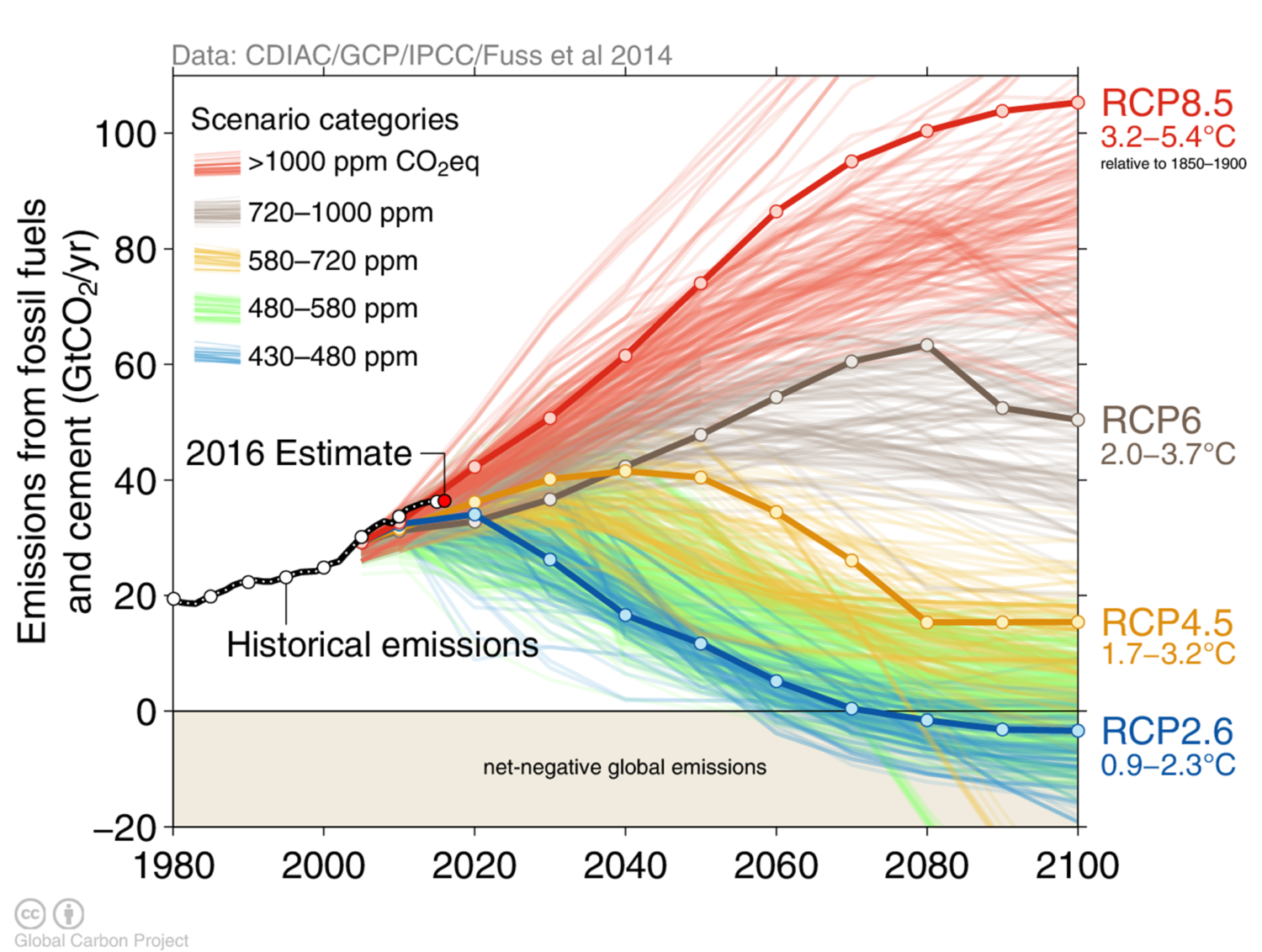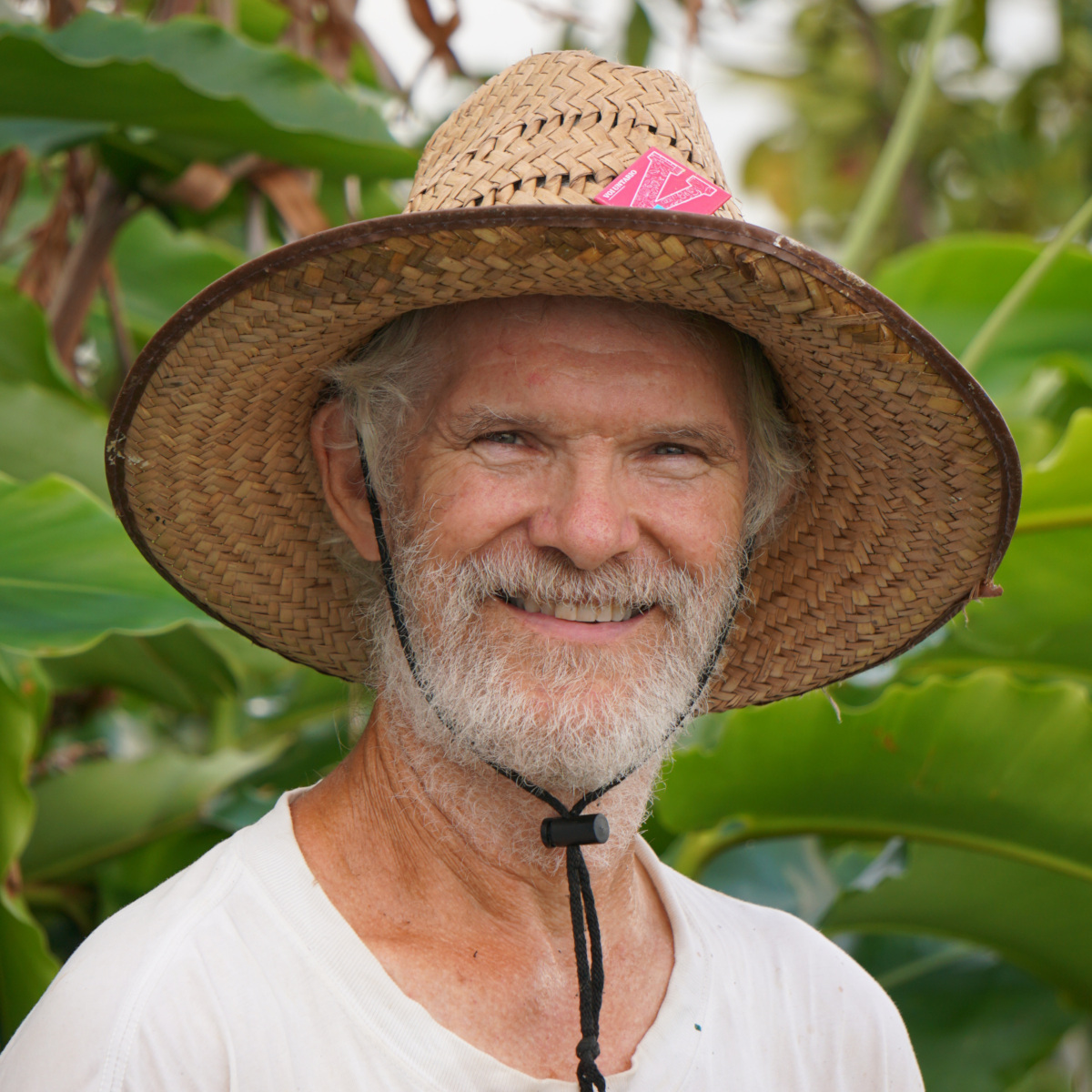The article discusses a new Australian innovation called PYROCO that uses high heat to turn waste like sewage sludge and food waste into a carbon-rich product called biochar. This process removes pathogens and can turn waste into resources like fertilizer or materials for batteries. The technology has undergone trials and shows promise to more sustainably manage waste. Researchers are now working to commercialize the technology.
I also recently read about “hydrocarbonization” which is another approach for pyrolyzing sewage sludge. Pyrolysis of biomass on a dry basis is often energy-intensive in part because of moisture in the biomass. Nowhere is this more relevant than with sewage sludge, which leaves a wastewater plant at only about 25% solids, typically (though it has a solid appearance like damp clay). If the pyrolysis is performed IN water (which means under pressure if one wants to avoid evaporating the contained water), it can not only still occur, but the water at high temperature and pressure is an active medium for converting some of the biomass into smaller organic molecules.
Upshot is that there is quite a lot of work going on nowadays to be creative with biomass management - that seemed to be of low interest even a decade ago.



